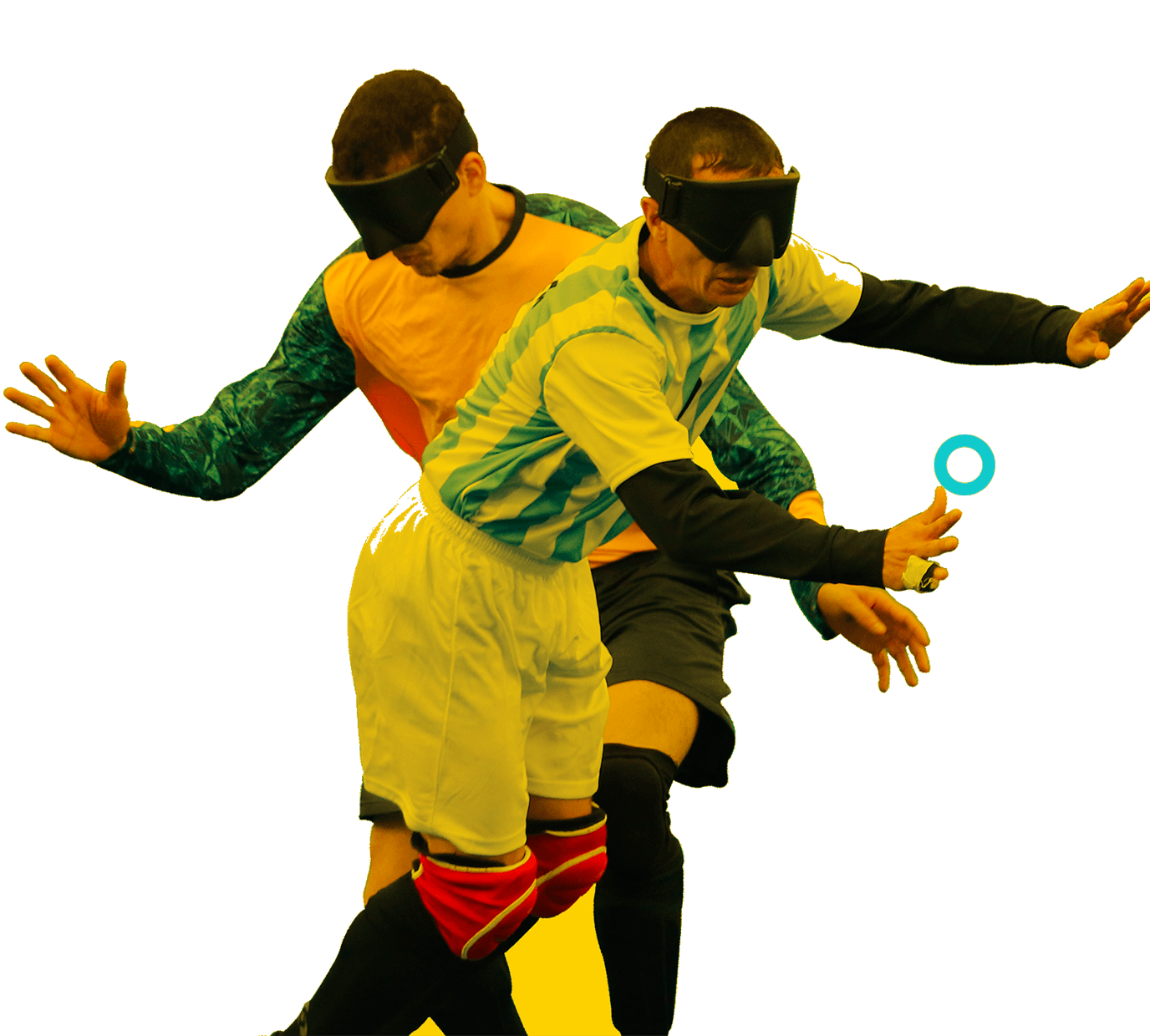Sports classification
The discipline is disputed by athletes with visual impairment, who have low or no vision caused by multiple factors such as degenerative diseases, ocular trauma, tumors, or others, where the eye functionality is affected.
There are three sports classes according to the following detail:
B1: with very low or no visual acuity, light perception, and/or visual field.
B2: who have greater visual acuity than athletes competing in class B1, and/or visual field less than 5 degrees in diameter.
B3: with more clarity of vision than B2 athletes and/or visual field less than 20 degrees in diameter.
During the Santiago 2023 Parapan American Games, the category in competition will be B1, that is, completely blind athletes.
History
Despite being one of the most popular sports among visually impaired athletes, soccer is one of the youngest in the International Blind Sports Federation.
So, how did football for the blind and low vision start?
Football for the blind began in schools for the visually impaired. Spain is considered the pioneer of this sport, which began its practice in the 1920s. Later there was activity in Brazil in the 1960s and the first national championship was held in 1974.
Without a governing body, each country played by different rules and with different balls, pitches and playing surfaces. However, as the game grew, friendly international tournaments were held.
After decades of development by different countries, in 1996 football became dependent on the International Blind Sports Federation.
Internationally recognized rules were developed before the first major international competitions. The IBSA International Federation advanced with two disciplines: soccer for the blind, for athletes in class B1, and soccer for athletes with low vision, who are classified as B2 and B3. The two groups continue to compete separately today.
Blind soccer was admitted to the Rio de Janeiro 2007 Parapan American Games. The Brazilian delegation leads the medal table, obtaining four golds in the men's category.







